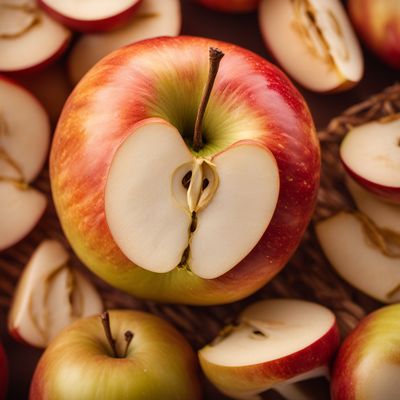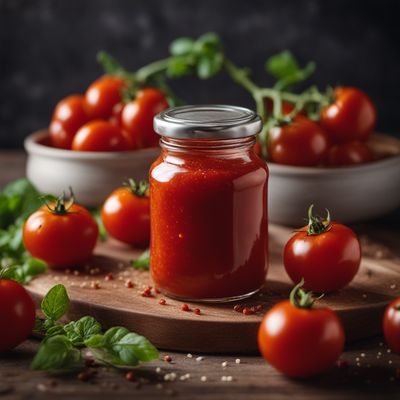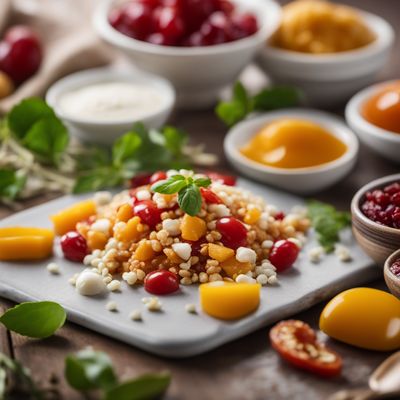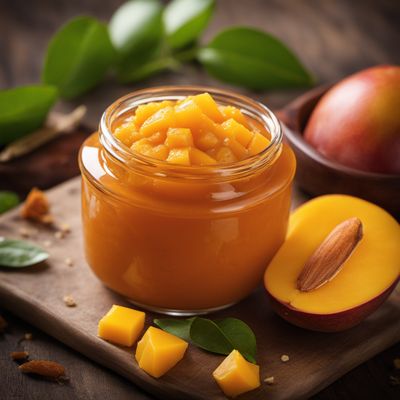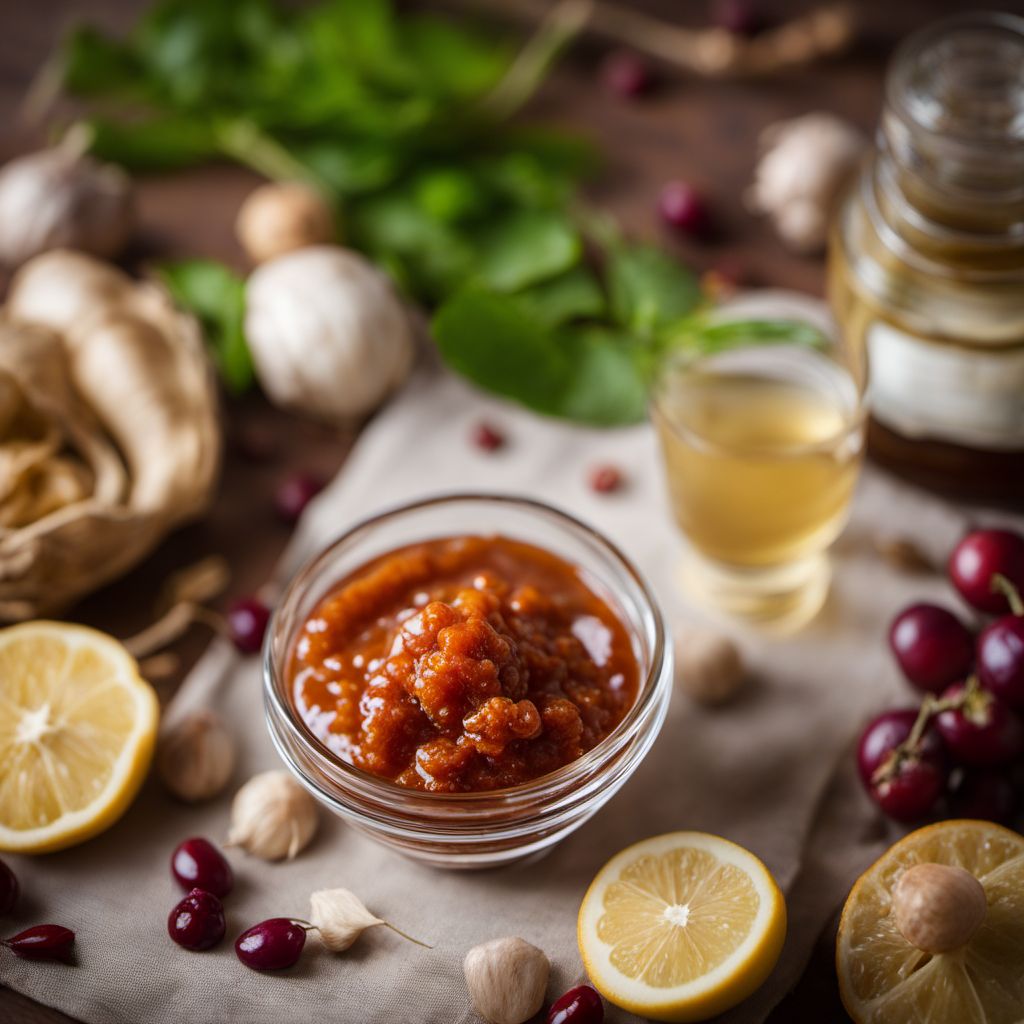
Ingredient
Chutneys
The Flavorful World of Chutneys
Chutneys are a type of condiment that originated in the Indian subcontinent and have since gained popularity worldwide. They are typically made by combining fruits, vegetables, herbs, spices, and vinegar or lemon juice. Chutneys can vary in texture, ranging from chunky to smooth, and in flavor, from sweet and tangy to spicy and savory. They are known for their ability to enhance the taste of dishes and provide a balance of flavors.
Origins and history
Chutneys have a long history in Indian cuisine and are believed to have been introduced during the ancient Indus Valley Civilization. Over time, different regions in India developed their own unique styles of chutneys, incorporating local ingredients and flavors. Chutneys also have cultural significance and are often served as accompaniments to traditional meals or festive celebrations. Today, chutneys are enjoyed in various cuisines around the world.
Nutritional information
Chutneys are generally low in calories and fat, making them a healthier alternative to other condiments like mayonnaise or ketchup. They are also a good source of vitamins and minerals, depending on the ingredients used. However, it is important to note that some chutneys may contain added sugars or high levels of sodium, so it is advisable to check the label for nutritional information.
Allergens
Chutneys may contain allergens such as peanuts, tree nuts, or sesame seeds, depending on the recipe. It is important to read the ingredient list carefully and avoid chutneys that contain allergens to prevent allergic reactions.
How to select
When selecting chutneys, look for products that are made from high-quality ingredients and do not contain artificial preservatives or additives. Opt for chutneys that have a vibrant color and a fresh aroma. Additionally, consider the level of spiciness or sweetness based on your personal preference.
Storage recommendations
To maintain the freshness and quality of chutneys, store them in airtight containers in the refrigerator. This helps to preserve their flavors and prevent spoilage. It is also important to use clean utensils when serving chutneys to avoid contamination.
How to produce
Chutneys can be made at home using fresh ingredients and basic cooking techniques. With a variety of recipes available, amateur cooks can experiment with different flavor combinations and adjust the level of spiciness or sweetness to suit their taste. Homemade chutneys can be stored in sterilized jars and refrigerated for several weeks.
Preparation tips
Chutneys can be used in a multitude of ways in the kitchen. They can be served as a condiment alongside Indian curries, grilled meats, or cheese platters. Chutneys can also be used as spreads in sandwiches or wraps, or as a topping for burgers or grilled vegetables. Additionally, they can be incorporated into marinades, dressings, or dips to add a burst of flavor.
Culinary uses
Chutneys are commonly used in Indian cuisine, where they are served with various dishes like samosas, dosas, and biryanis. They are also popular in Middle Eastern and South Asian cuisines. In Western cuisines, chutneys are often paired with cheese or served as a condiment for roasted meats.
Availability
Chutneys are commonly available in countries with a significant Indian or South Asian population, such as India, Pakistan, Bangladesh, the United Kingdom, and the United States. They can also be found in specialty stores or online retailers that offer international food products.
More ingredients from this category
Recipes using Chutneys » Browse all

Litti Chokha with a Twist
Smoky Baked Litti with Spicy Roasted Chokha
Vada Pav - Mumbai's Iconic Street Food Delight
Spicy Potato Fritter Sliders - Mumbai's Irresistible Street Snack
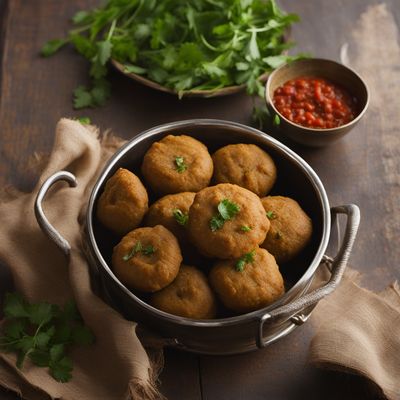
Ethiopian-style Litti Chokha
Spiced Ethiopian Litti Chokha: A Fusion of Flavors
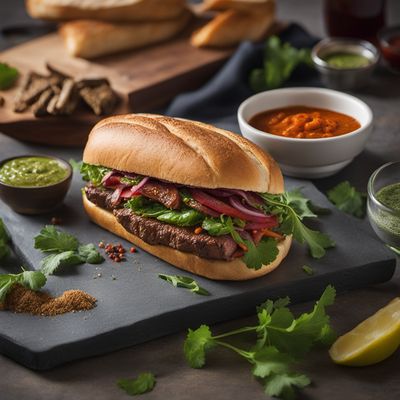
Anglo-Indian Spiced Steak Sandwich
Spiced Steak Delight: A Fusion of Anglo-Indian Flavors in a Sandwich

Pacific Northwest-inspired Roti Planta
Wild Salmon Roti Planta: A Fusion of Malaysian and Pacific Northwest Flavors

Hyderabadi Spicy Lamb Burger
Nizami Kebab Burger: A Fusion of Flavors

Anglo-Indian Spiced Fritters with Chutney
Savory Spice Delights: Anglo-Indian Fritters with Tangy Chutney

Cornish-style Savory Corn Cake
Cornish Corn Delight

Papua New Guinean Fried Piadina
Crispy Delights from Papua New Guinea: Fried Piadina
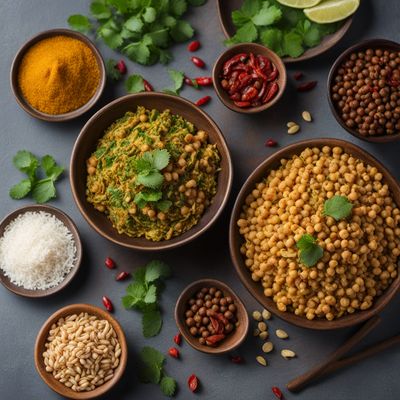
Jhalmuri - Spicy Puffed Rice Snack
Fiery Delight: A Spicy Twist to Puffed Rice

Kathi Roll with Spiced Paneer and Mint Chutney
Flavorful Indian Street Food: Spiced Paneer Kathi Roll

Dabeli - Spicy Indian Street Food Delight
Fiery Dabeli: A Burst of Spices and Flavors
